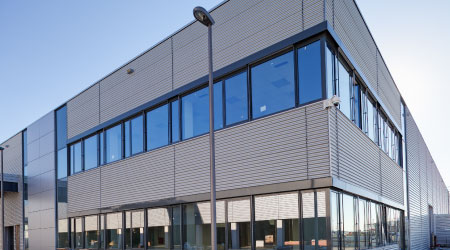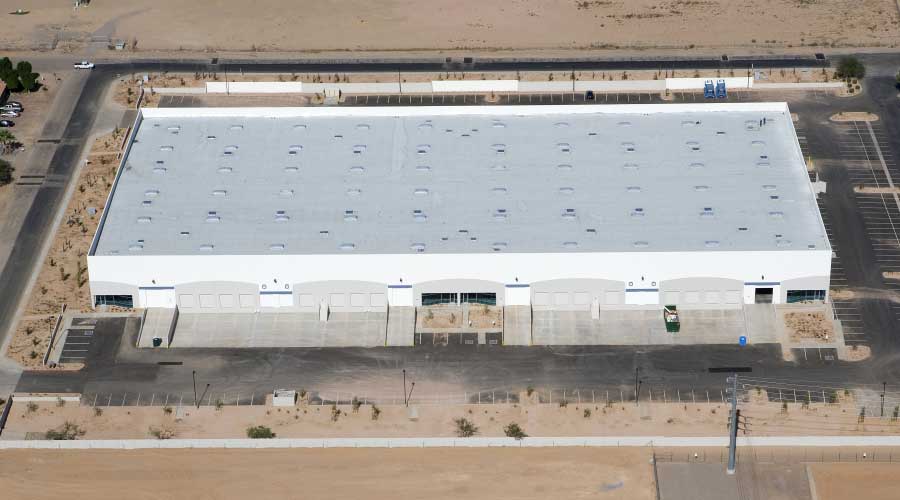RoofPoint System Offers Alternative to LEED Certification
Hagan notes that not every building can afford applying for LEED certification. In contrast, "RoofPoint is for any building owner." The RoofPoint designation shows customers and occupants that the building owner wants to take the right steps when it comes to the performance and durability of the roofing system, yet he or she doesn't have to go to the expense of LEED. In fact, most of the construction methods allowed under RoofPoint are widely available, Hagan says.
At the same time, RoofPoint keeps building owners focused on the efficiency and durability of their roofing systems — two qualities that can be compromised when a roof design is value-engineered, Hagan notes. "RoofPoint helps you realize that you don't want to take these (attributes) out because they have benefits."
At CEIR, the goal is to help even more building owners and managers keep these attributes in mind. By the end of 2013, CEIR would like to have at least 1,000 applications in the RoofPoint system, with 10,000 applicants over the next five years, Kirby says.
Moreover, while the RoofPoint program currently is focused on new roofing systems (even if they're on existing buildings), Hoff says that may change as the program matures. Over time, he and his colleagues will begin examining ways to apply the criteria to existing roofs. "We want to get the basic program up and running before addressing ongoing commissioning and renewal," he says.
Making Better Decisions
In the meantime, RoofPoint can help facility managers involved in roofing projects assess their efficiency and durability. As Kirby notes, it can be easy for a building owner to spring for a glam lobby and then value engineer the roof to the point that it's not as efficient as it could be. One goal of RoofPoint is to minimize the frequency of this trade-off.
"RoofPoint offers a check and balance that the design is sustainable, durable and provides the longevity (facility owners) are looking for in a roof," Liscum adds.
Moreover, the RoofPoint rating system is designed for what Kirby calls "blue collar roofs." That is, they're built to be energy efficient, but aren't necessarily show stoppers or inordinately expensive. The goal is "a blue-collar roof that keeps water out of the building, lasts a long time and is energy efficient," he says.
About CEIR
The Center for Environmental Innovation in Roofing (CEIR) is a not-for-profit 501(c)(6) organization focused on promoting the development and use of environmentally responsible and high performing roofing systems and technologies. It is based in Washington, D.C.
CEIR accomplishes its mission in several ways. It undertakes research on sustainable roofing. The Center also talks with policy makers about the impact buildings can have on health, welfare and the economy, as well as methods for increasing their energy efficiency and exerting a minimal influence on the environment.
CEIR's initiatives include educating building owners about the choices available in high performing roof systems, as well as promoting high performance design by honoring companies that design long-lasting, energy efficient and environmentally friendly/sustainable roofing systems.
One such initiative is RoofPoint, which CEIR describes as "a comprehensive roof rating system for the assessment and selection of sustainable roof systems." Another initiative is the Center's PV (PhotoVoltaic) Taskforce, which was launched in October 2011 with the aim of increasing communication between the roofing and solar industries.
CEIR is a member of the American High-Performance Buildings Coalition. The Coalition includes companies and other industry groups focused on promoting and supporting the development of performance-based building standards.
|
Related Topics:














